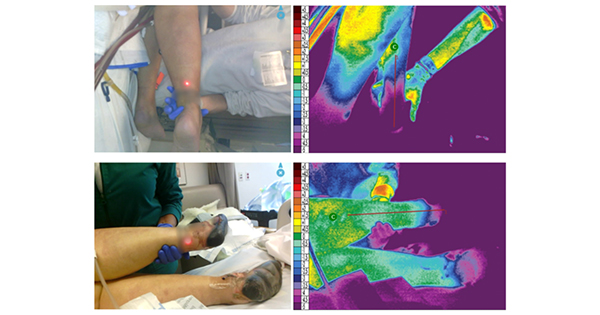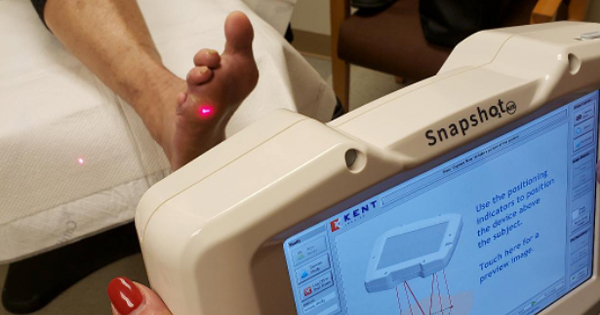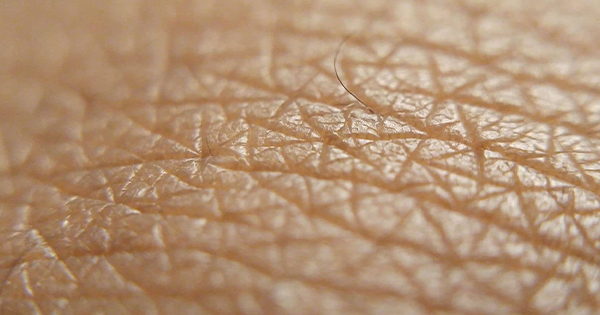<p>Malignant melanomas are extremely difficult to treat conservatively at primary care level since the precise diagnosis requires a skin biopsy, which then undergoes dermatoscopy or epiluminescence microscopy. The treatment also varies according to the stage of melanoma and whether it is a superficial spreading melanoma or a melanoma in situ (Lorentzen et al, 1999). For example, patients with stage 1, 2 and 3 melanomas require excision following biopsy, whereas those with incurable stage 4 melanoma need palliative excision and therapeutic lymph node dissection in order to improve their quality of life (Garcia et al, 1999). These approaches are beyond the scope of most general practice.</p>






